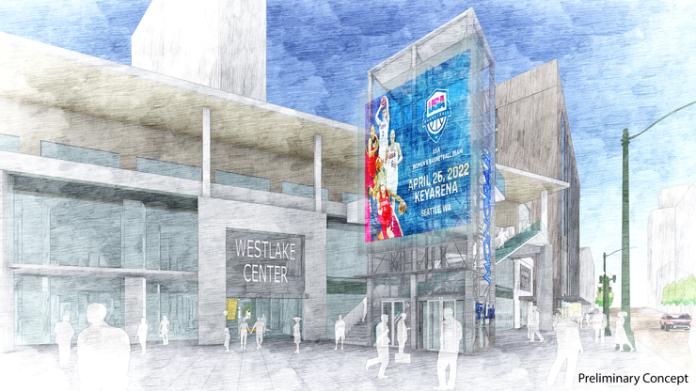The Seattle Monorail recently released a survey on how riders perceive the system and how they think it could be improved. Built in 1962, the monorail opened to the public as part of several key expositions for the World’s Fair that year. The monorail has run primarily as a tourist attraction running between Westlake and Seattle Center (its terminus at Westlake was adjusted slightly in 1988).
With explosive growth of Uptown and the renovation of KeyArena on the horizon, monorail’s use as a primary means of public transportation is increasingly important. In 2017, the Seattle Department of Transportation began the process of evaluating ORCA integration, which will allow riders to use ORCA as fare media instead of requiring purchase special monorail tickets or passes. ORCA cardholders will be able to use their e-purse, PugetPass, or a mix thereof to pay for monorail rides The new system could be in place by next spring.
Now officials at the Seattle Monorail are seeking wider ranging feedback on how to improve access, service, and aesthetics. “We want to know more about how people use the monorail today, how they think they might use the monorail in the future,” Megan Chang said, general manager of Seattle Monorail Services. “And what people think about potential changes to the existing stations and how that affects the perceived convenience of the system.”
By 2020, KeyArena could have a new National Hockey League team playing at the venue in addition to more concerts and National Basketball Association team. A recent rezone of Uptown will also increase jobs and housing substantially in the coming years and Seattle Center is actively working on a new master plan, which further fuel the need for transportation access. Light rail won’t arrive at Seattle Center until 2035, so that makes improvements to the monorail and other bus service in the area very valuable investments now.
The monorail raises questions in several key areas:
- How often respondents ride the monorail and why they make their trips;
- How respondents typically get to Seattle Center;
- How often respondents would go to Seattle Center once the arena renovation is complete; and
- What attractions at the arena that might draw respondents in.
The survey also asks respondents what they think of conceptual station improvements at Westlake and Seattle Center. These include better connections to light like new stairs, elevators, and escalators, improved connections to street level, and enhanced accessible. As a way to improve service, the Seattle Monorail is kicking around could higher frequencies. One helpful thing not listed though is publicly available transit data for more apps, which could help transit riders know that the monorail is a real option and not just an attraction or oddity.
The survey is open to public comment through April 1st.
Stephen is a professional urban planner in Puget Sound with a passion for sustainable, livable, and diverse cities. He is especially interested in how policies, regulations, and programs can promote positive outcomes for communities. With stints in great cities like Bellingham and Cork, Stephen currently lives in Seattle. He primarily covers land use and transportation issues and has been with The Urbanist since 2014.



